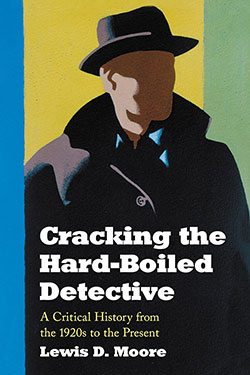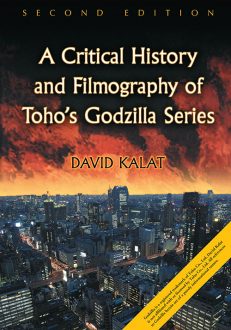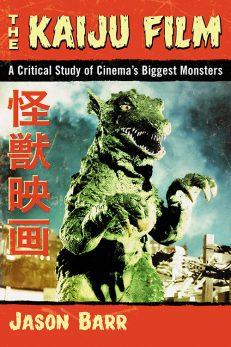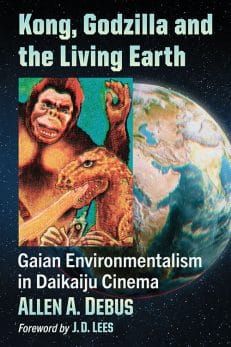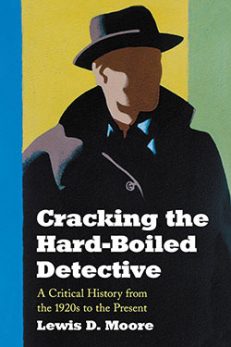Cracking the Hard-Boiled Detective
A Critical History from the 1920s to the Present
$29.95
In stock
About the Book
The hard-boiled private detective is among the most recognizable characters in popular fiction since the 1920s—a tough product of a violent world, in which police forces are inadequate and people with money can choose private help when facing threatening circumstances. Though a relatively recent arrival, the hard-boiled detective has undergone steady development and assumed diverse forms.
This critical study analyzes the character of the hard-boiled detective, from literary antecedents through the early 21st century. It follows change in the novels through three main periods: the Early (roughly 1927–1955), during which the character was defined by such writers as Carroll John Daly, Dashiell Hammett and Raymond Chandler; the Transitional, evident by 1964 in the works of John D. MacDonald and Michael Collins, and continuing to around 1977 via Joseph Hansen, Bill Pronzini and others; and the Modern, since the late 1970s, during which such writers as Loren D. Estleman, Liza Cody, Sara Paretsky, Sue Grafton and many others have expanded the genre and the detective character. Themes such as violence, love and sexuality, friendship, space and place, and work are examined throughout the text.
Instructors considering this book for use in a course may request an examination copy here.
About the Author(s)
Bibliographic Details
Lewis D. Moore
Format: softcover (6 x 9)
Pages: 306
Bibliographic Info: bibliography, index
Copyright Date: 2006
pISBN: 978-0-7864-2581-5
eISBN: 978-0-7864-8239-9
Imprint: McFarland
Table of Contents
Preface 1
Introduction 3
1. Poe, Conan Doyle, and the Hard-Boiled Detective Novel 7
EARLY PERIOD
2. History as Recovery 25
3. The Creation of Character 37
4. Violence: Direction and Control 48
5. Decaying Worlds 60
6. Work: Discourse and Danger 70
7. Sexuality and Discovery 81
8. Friendship: The Absent Theme 91
TRANSITIONAL PERIOD
9. Character in Conflict 101
10. Pervasive Violence 112
11. Expanded Space 123
12. Needed Work 134
13. Love and Sexuality 144
14. Friendship: Faint Stirrings 155
15. The Quality of Change: Individual Lives and Social Transformation 165
MODERN PERIOD
16. Character and Wholeness 175
17. Violence: Echoes and Conversions 184
18. Better Places 194
19. Necessary Work 204
20. Sexuality and Diversity 214
21. Surviving Friendship 225
22. Multiples of Change 236
23. The Uses of Memory 247
24. Lies and Deceit: Family 258
25. Conclusion: Expanding the Word 269
Bibliography 281
Index 289
Book Reviews & Awards
“quite readable…enjoyable”—Mystery Scene; “a scholarly look into the literary character of the hard-boiled detective”—Reviewing the Evidence.

